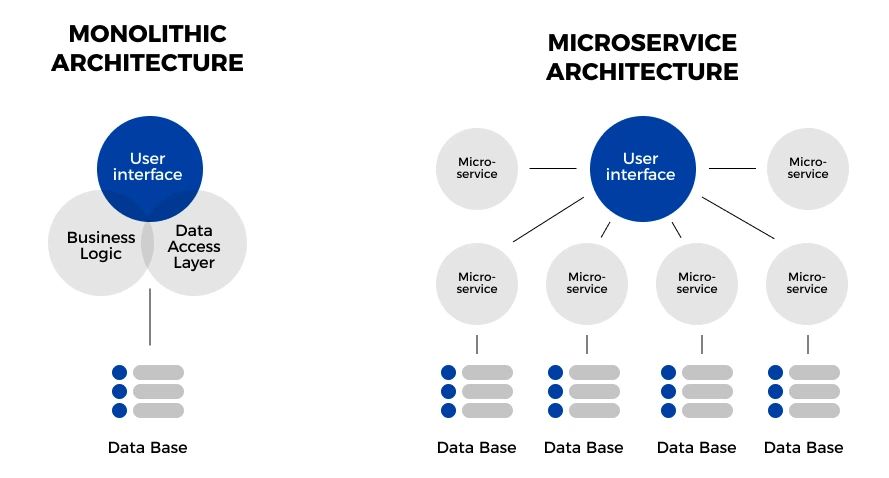Monolith vs. Microservices: Choosing the Right Architecture
 Ritik Gupta
Ritik Gupta
Let’s start with a Road Trip Analogy
Imagine you're going on a road trip with four friends. One friend takes on all the responsibilities—driving, navigating, and even playing the music. It’s simple, easy, and works well if the trip is short.
But what happens if they get tired or lost? The entire trip is at risk!
Now, consider a different scenario where each task is distributed among friends. One drives, another navigates, and someone else is the DJ. If the driver gets tired, the trip continues without disruptions. Each role is independent but contributes to the overall success of the journey.
That’s the easiest way to understand Monolith vs. Microservices Architecture.
Monolith: The Solo Driver Approach
Definition:
All responsibilities are handled by a single system or person.
Advantages:
✅ Less Complex – Fewer moving parts mean easier maintenance. ✅ Team-Friendly – Perfect for small teams with limited resources. ✅ Fast Execution – Internal procedure calls within the same application are quicker.
Disadvantages:
❌ Requires More Context – Developers need to understand the entire system to make changes. ❌ Deployment Challenges – A minor change requires redeploying the entire system. ❌ Single Point of Failure – If one component fails, the entire system goes down. ❌ Tightly Coupled – Changes in one module often impact others.
Microservices: The Collaborative Road Trip
Definition:
In microservices, the application is divided into smaller, independent units, each representing a specific business functionality. Each service operates on its own, often across different servers.
Advantages:
✅ Easy to Scale – Scale individual components based on demand. ✅ Focused Context – Developers only need to understand the specific service they’re working on. ✅ Parallel Development – Teams can work on different services simultaneously. ✅ Resource Efficiency – Allocate more resources to high-demand services.
Disadvantages:
❌ Complex Design – Requires careful planning and expertise to design effectively. ❌ Skilled Architecture Needed – Experienced architects are needed to manage communication, consistency, and deployment.
When to Choose What?
✔️ Monolith: Best for smaller projects or teams, where simplicity and speed are priorities. ✔️ Microservices: Ideal for large, scalable systems with multiple independent functionalities.
Final Thoughts
Choosing the right architecture depends on your project size, team expertise, and future scalability needs. While a monolithic approach is great for smaller, simpler applications, microservices enable flexibility and scalability for complex systems. Choose wisely to ensure a smooth journey in your development process!
Subscribe to my newsletter
Read articles from Ritik Gupta directly inside your inbox. Subscribe to the newsletter, and don't miss out.
Written by

Ritik Gupta
Ritik Gupta
Hi there! 👋 I'm Ritik Gupta, a passionate tech enthusiast and lifelong learner dedicated to exploring the vast world of technology. From untangling complex data structures and designing robust system architectures to navigating the dynamic landscape of DevOps, I aim to make challenging concepts easy to understand. With hands-on experience in building scalable solutions and optimizing workflows, I share insights from my journey through coding, problem-solving, and system design. Whether you're here for interview tips, tutorials, or my take on real-world tech challenges, you're in the right place! When I’m not blogging or coding, you can find me contributing to open-source projects, exploring new tools, or sipping on a good cup of coffee ☕. Let’s learn, grow, and innovate together!